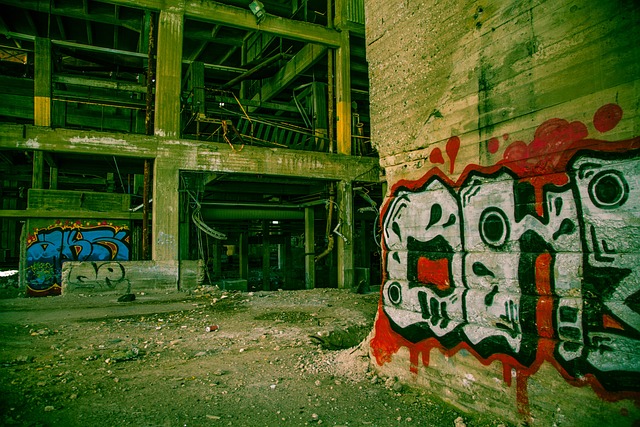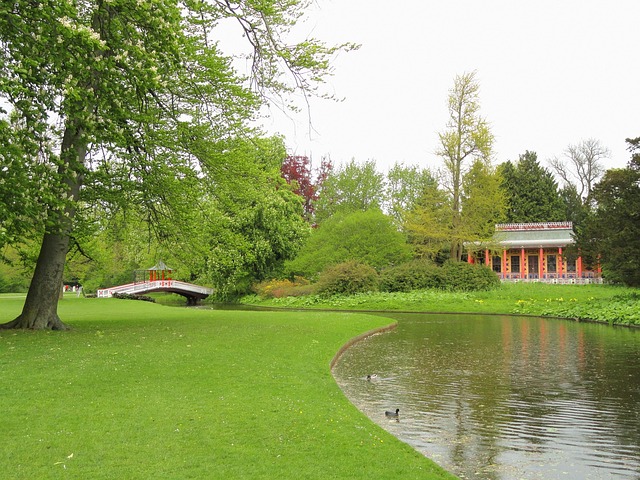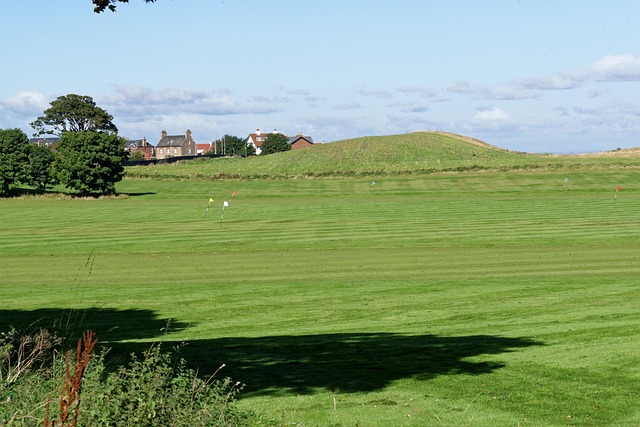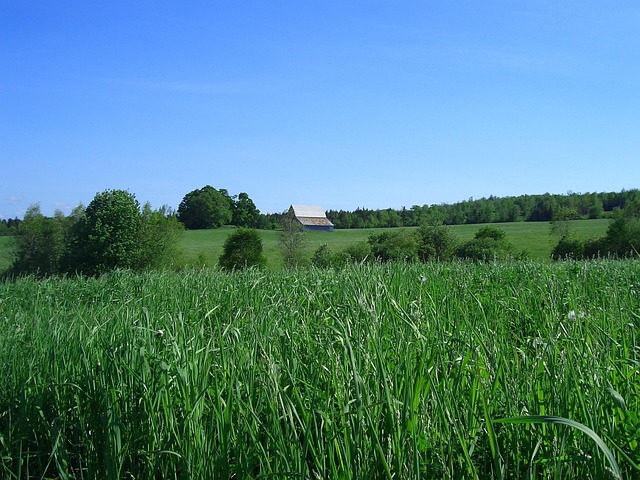The real estate industry is embracing eco-friendly materials to reduce its environmental impact due to traditional construction's resource depletion and pollution issues. Materials like concrete, steel, and wood contribute to deforestation, water pollution, and high carbon emissions during manufacturing. As a response, developers and designers are exploring alternatives such as recycled steel, bamboo, wool, and hemp, aiming for both sustainability and aesthetics. These materials minimize waste, lower greenhouse gas emissions, and promote environmental health. The integration of eco-friendly options is a significant trend, promising innovation in construction technologies to meet stricter global environmental standards.
In today’s eco-conscious world, the real estate industry is undergoing a green revolution. “Understanding the Environmental Impact of Traditional Materials in Real Estate” sets the stage by revealing the hidden costs of conventional construction. We then “Explore Eco-Friendly Alternatives” offering sustainable solutions for a greener future. Finally, “Benefits and Future Prospects” highlights how these eco-friendly materials lower carbon footprints, ensuring a more sustainable tomorrow. Embrace the change and invest in a greener real estate landscape.
Understanding the Environmental Impact of Traditional Materials in Real Estate

In the realm of real estate, understanding the environmental impact of traditional materials is paramount as the industry accounts for a significant portion of global resource consumption and waste generation. Common construction materials like concrete, steel, and wood often involve intensive manufacturing processes that lead to high carbon emissions, deforestation, and water pollution. The extraction of raw materials and energy-intensive production methods contribute to climate change and ecological degradation.
Moreover, the lifecycle of these materials extends beyond initial construction, causing ongoing environmental harm through maintenance, renovation, and eventual demolition. The industry’s reliance on non-renewable resources creates a pressing need for sustainable alternatives. Eco-friendly materials offer a promising solution by minimizing these adverse effects, making them an increasingly popular choice in today’s green building movement.
Exploring Eco-Friendly Alternatives: Sustainable Solutions for Construction and Design
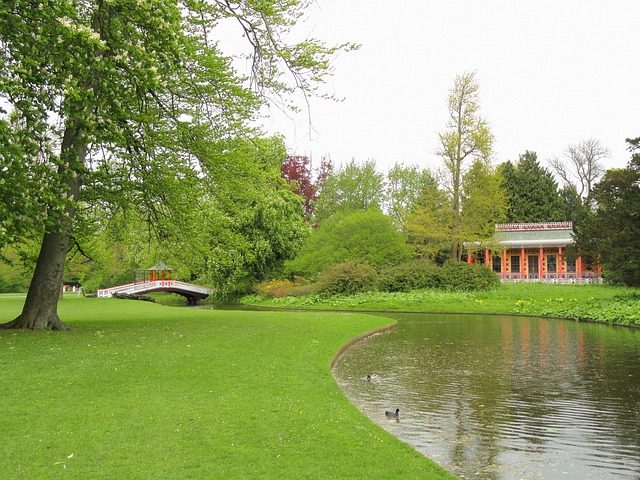
In the pursuit of a greener future, the construction and design industries are undergoing a transformative shift towards eco-friendly materials. This change is not just a trend but a necessary response to the urgent need to reduce the environmental impact associated with traditional building practices. Real Estate developers and designers are now exploring alternative solutions that offer both sustainability and aesthetic appeal.
One of the key benefits of adopting these sustainable materials is their ability to minimize waste, reduce energy consumption during production, and lower greenhouse gas emissions. From recycled steel and bamboo to natural fibers like wool and hemp, these alternatives present a wide range of options for creating environmentally conscious spaces. By embracing such materials, the industry can move towards more sustainable practices, ensuring that buildings not only stand the test of time but also contribute positively to the planet’s health.
Benefits and Future Prospects: Lowering Carbon Footprint with Green Materials in Real Estate

The integration of eco-friendly materials in real estate is a game-changer, offering significant benefits for both the industry and the environment. One of the most notable advantages is its potential to lower carbon footprints. Green materials, such as bamboo, recycled steel, and energy-efficient insulation, have a smaller environmental impact compared to traditional building components. They are often sourced sustainably, reducing deforestation and mineral extraction’s detrimental effects on ecosystems.
Looking ahead, the future prospects for green materials in real estate are promising. As awareness of climate change continues to grow, there will be an increased demand for sustainable buildings. Governments and organizations worldwide are setting stricter environmental standards, encouraging developers to adopt eco-friendly practices. This shift could lead to widespread innovation, with new technologies and materials emerging to further reduce the carbon intensity of construction processes and enhance energy efficiency in residential and commercial spaces.

